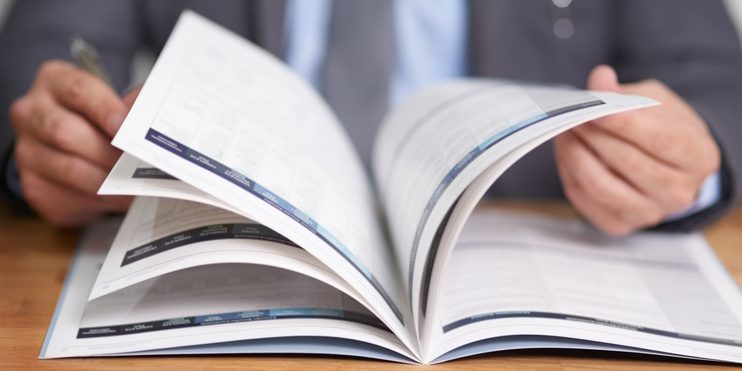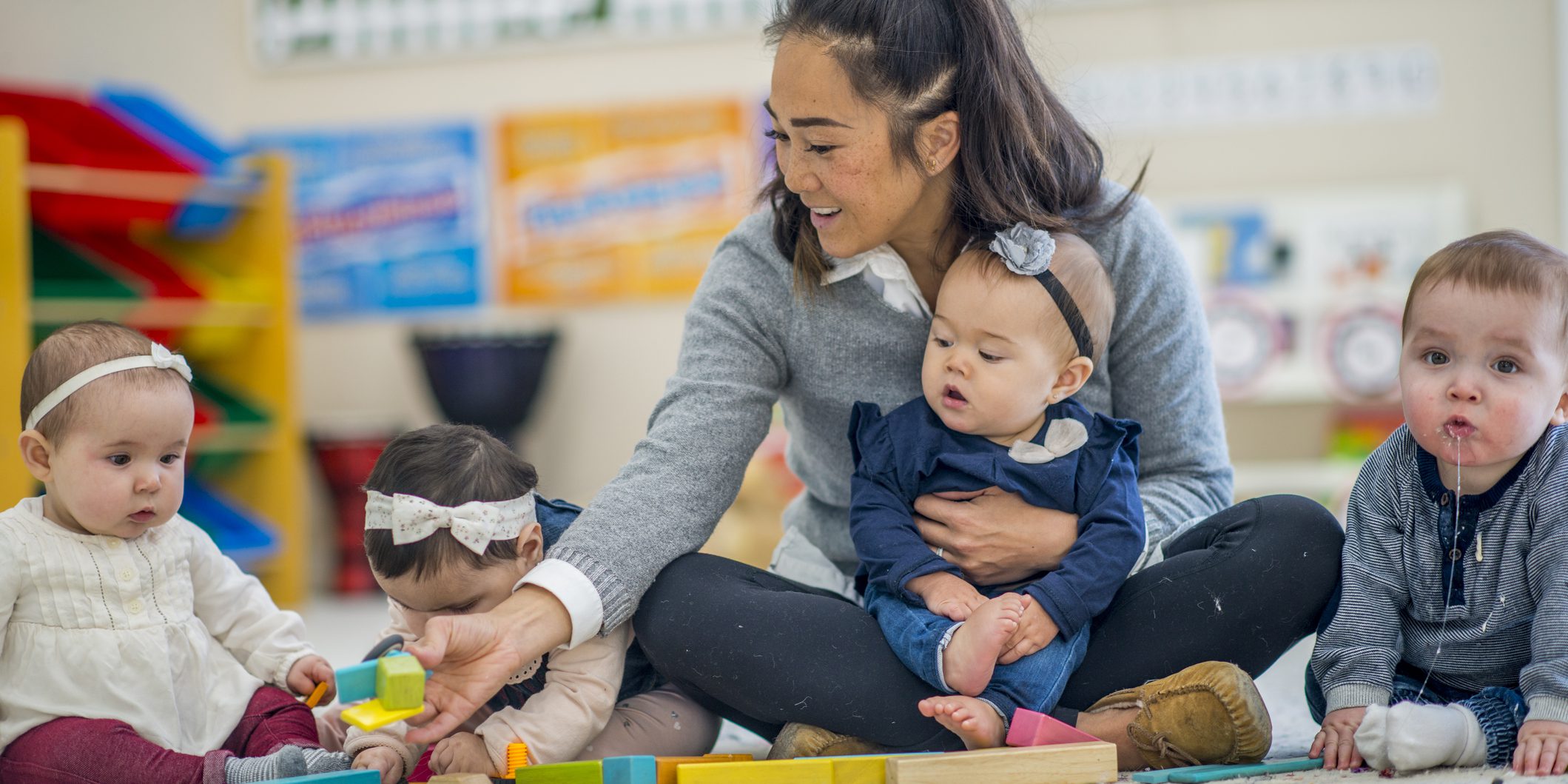This measure looks at the teacher’s active participation in activities initiated by the children to reinforce language, ideas, and social development. Examples of this measure include the teacher joining the children building in the block center and then talking to the children about building. Another example is the teacher following an infant’s gaze toward a toy, demonstrating how the toy works, and talking about the toy while the infant manipulates the object.
Category: Category 2: Teacher-Child Interactions
Subcategory: Play-Based Interactions and Guidance
Examples
In this section you will find videos, images, and/or documents that can be used to better understand this measure. These examples can also be used in conversations between mentors, directors, and/or teachers to discuss how the program's current practices compare to these examples.
Video Example
In this exemplar video segment, Model Prosocial Behaviors, as a teacher is participating in play with her children, one falls. The teacher takes time to follow the agenda of the child by providing her with a choice to continue with the activity.
Age(s): Toddler
Video Example
In this series of exemplar video segments, teachers participate in play with infants, toddlers, preschoolers and after school children throughout the day. As the teachers play with the children they take time to expand on any initiated play that might occur, reinforce language and follow their agenda during play.
Age(s): Infant, Toddler, Preschool, School-age
Practice Opportunities
These resources include tips, strategies, activities, or specific tools related to this measure that programs can put into practice.
Activity
As a teacher and children participate in pretend play, teachers can reinforce language, literacy, and social development. Teachers should ask questions, use labels and descriptors, and make connections to expand on children’s play. In the video included in the activity, the teacher follows the children’s agenda in the dramatic play center.
Age(s): Preschool, School-age
Publication
Following the Child’s Lead, a publication created by Early Childhood Technical Assistance Center, gives teachers suggestions of how they can support children as they make choices based on their interest. The reader will read about how they can follow children’s lead and participate in the types of activities they chose and also extend on their choices.
Age(s): Infant, Toddler, Preschool, School-age
Publication
Naturalistic Instruction Practices, a publication created by Early Childhood Technical Assistance Center, gives teachers suggestions of how they can support children as they make choices based on their interest. The reader will read about how they can participate with children in playful activities throughout the day as they work and play.
Age(s): Infant, Toddler, Preschool, School-age
Activity
Play and Explore, a publication created by Massachusetts Dept. of Early Education and Care, focuses on a few activities’ teachers can try to expand on a babies-initiated play. When teachers’ pay attention to moments of a babies waning focus they can add to their play in hopes of extending their exploration.
Age(s): Infant
Publication
Rocking and Rolling: It’s Never “Just Play”! an article by Linda Groves Gillespie, featured on National Association for the Education of Young Children, gives readers an idea of what following the agenda of individual children might look like in a class setting. The article suggest a few new ideas and offers opportunities of reflection for readers as they participate on play initiated by children.
Age(s): Infant, Toddler, Preschool, School-age





